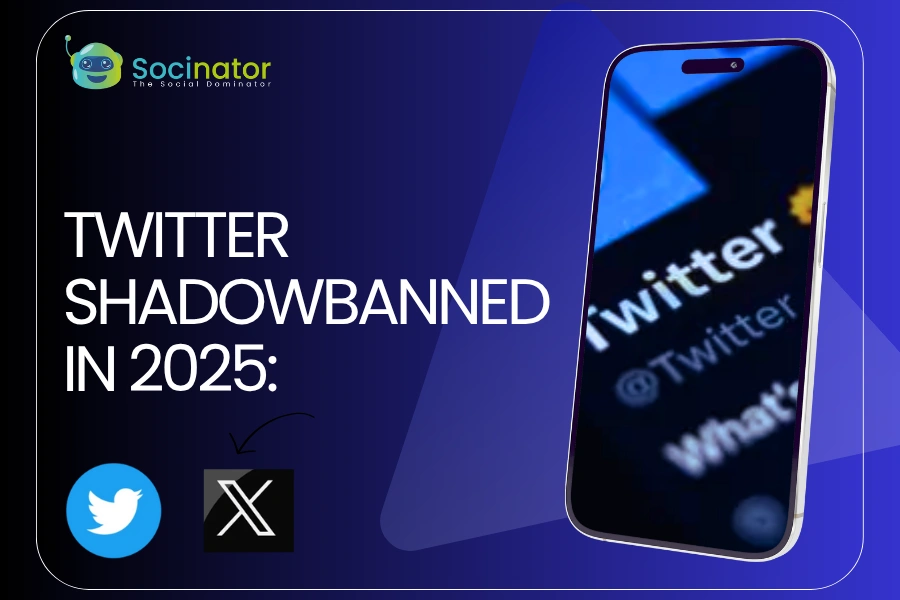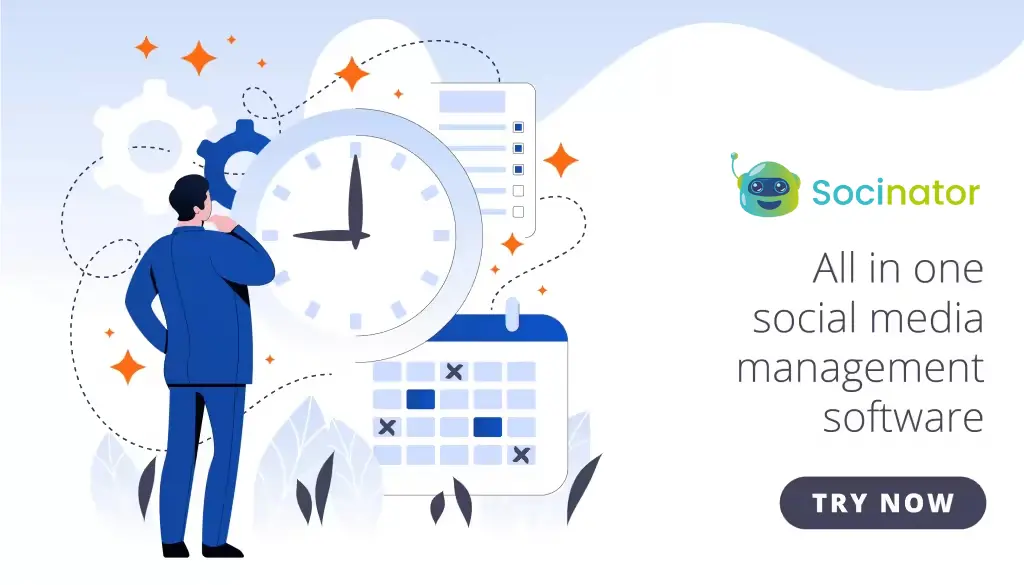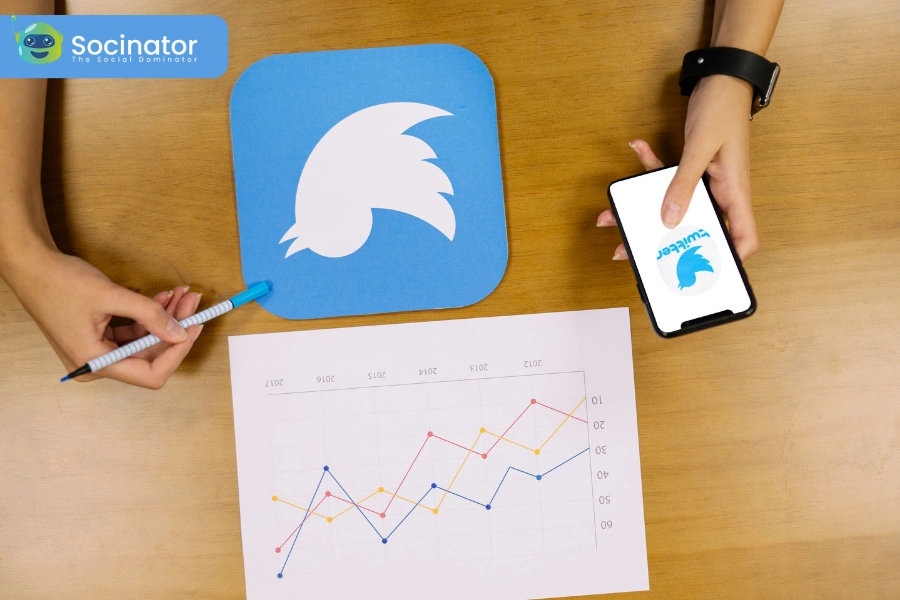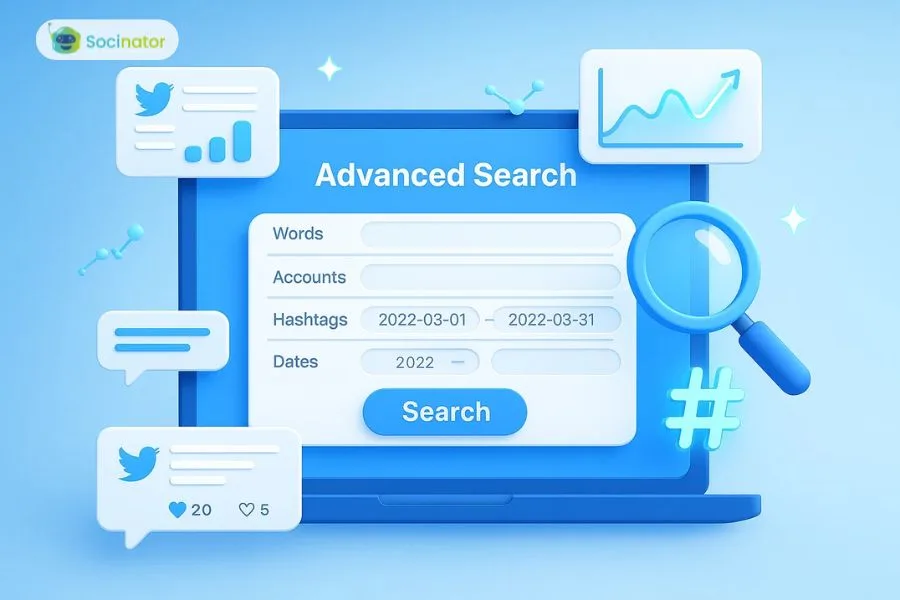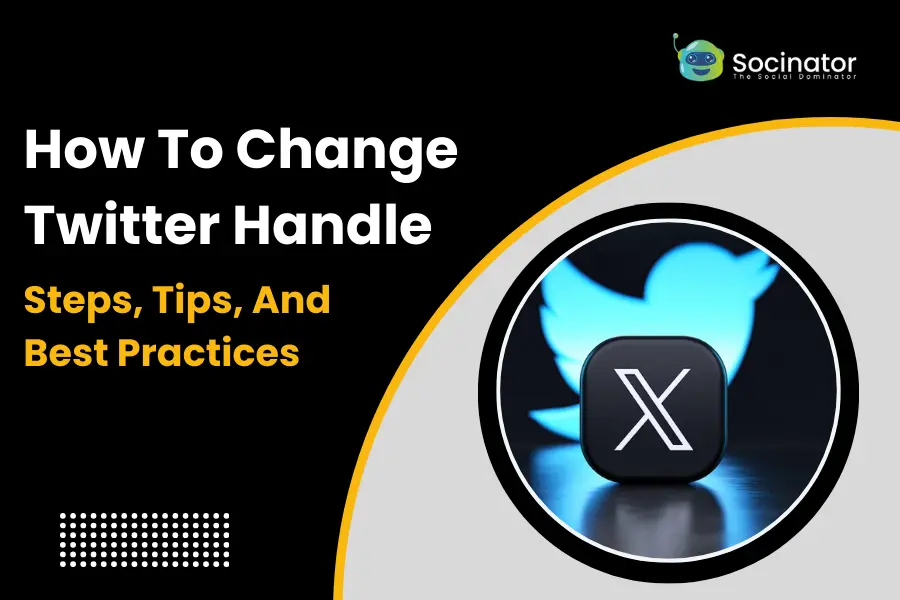Twitter shadowbanned– it’s a term that many users have heard but few fully understand. Yet it plays a big role in how people experience the platform. When someone is shadowbanned, their tweets or profile may become harder to find without them even knowing it.
This can lead to a noticeable drop in engagement, leaving users confused and frustrated. It raises important questions about how content is filtered or limited, not by obvious rules or bans, but through quieter, algorithm-driven decisions.
Understanding shadowbanning helps us recognize platforms’ power over what content gets seen and what doesn’t. Twitter, like many social media sites, uses algorithms and moderation systems to manage the flow of information.
While these systems are designed to reduce spam or harmful content, they can sometimes catch innocent users in the process. That’s why it’s important to stay informed about how these systems work and what might trigger them, whether it’s certain hashtags, high posting frequency, or controversial topics.
Ultimately, the issue of shadowbanning speaks to a larger conversation about fairness, transparency, and accountability in digital spaces. As users, we deserve to know when and why our content is being limited.
And as these platforms continue to evolve, we need clearer communication and better tools to protect open expression. Whether you’re a casual user or someone who depends on Twitter for professional visibility, understanding shadowbanning is key to making the most of your online presence.
In this blog, we will see what Twitter shadowbanning is. How to see– “Am I shadowbanned on Twitter?”
In a hurry? Listen to the blog instead!
What Is Twitter’s Shadowbanned? 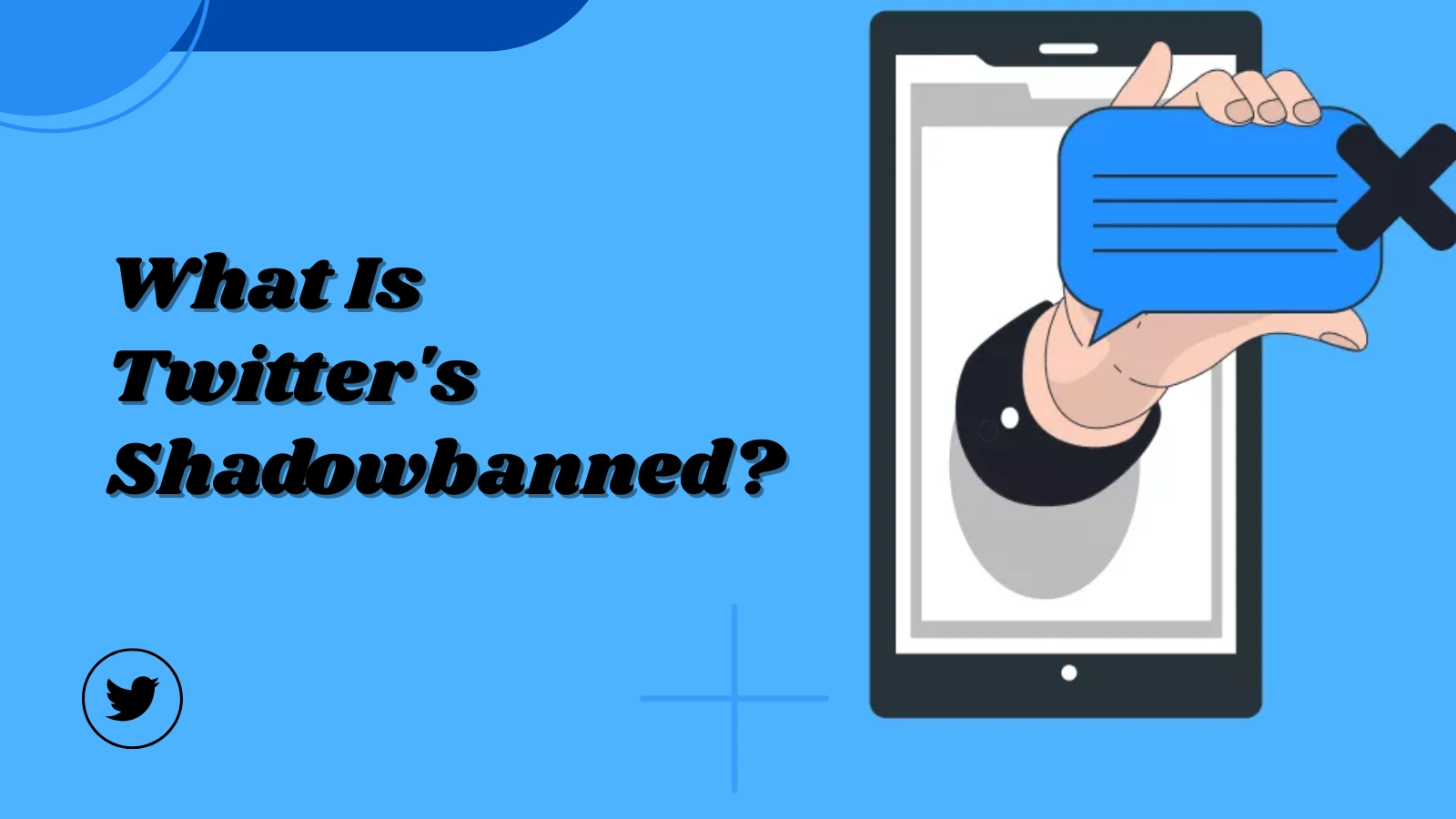
Twitter shadowbanning is a term used when a user’s content on Twitter becomes less visible to others without any clear notification or warning from the platform. When someone is shadowbanned on Twitter, their tweets may not appear in search results, replies may be hidden from conversations, or their account may not show up in recommendations. This can be frustrating, especially for users who are unaware that it’s happening.
The issue with being Twitter shadowbanned is that it can go unnoticed for a long time. Users often realize they are affected only when engagement drops suddenly, fewer likes, retweets, or replies. Since Twitter doesn’t notify users when they are shadowbanned, it creates confusion. For creators, influencers, or brands, a Twitter shadow ban can impact online growth and reduce the effectiveness of their communication strategy.
There are several possible reasons a user might get Twitter shadowbanned. These include using too many hashtags, posting spammy content, or engaging in behavior that violates Twitter’s guidelines. Sometimes, it can also happen by mistake, especially if an algorithm flags the account incorrectly. That’s why it’s important to follow best practices like avoiding automated replies, not spamming followers, and making sure your content follows Twitter’s terms of service.
If you suspect that your account is Twitter shadowbanned, you can test it by logging out and searching for your tweets or using online tools that check shadowban status. To fix it, consider taking a break from posting, deleting suspicious content, and reviewing your recent activity.
In short, being Twitter shadowbanned means your visibility is restricted, which can affect your reach and engagement, but with the right steps, you can recover and continue growing your presence.
How To Know Is My Twitter Is Shadowbanned?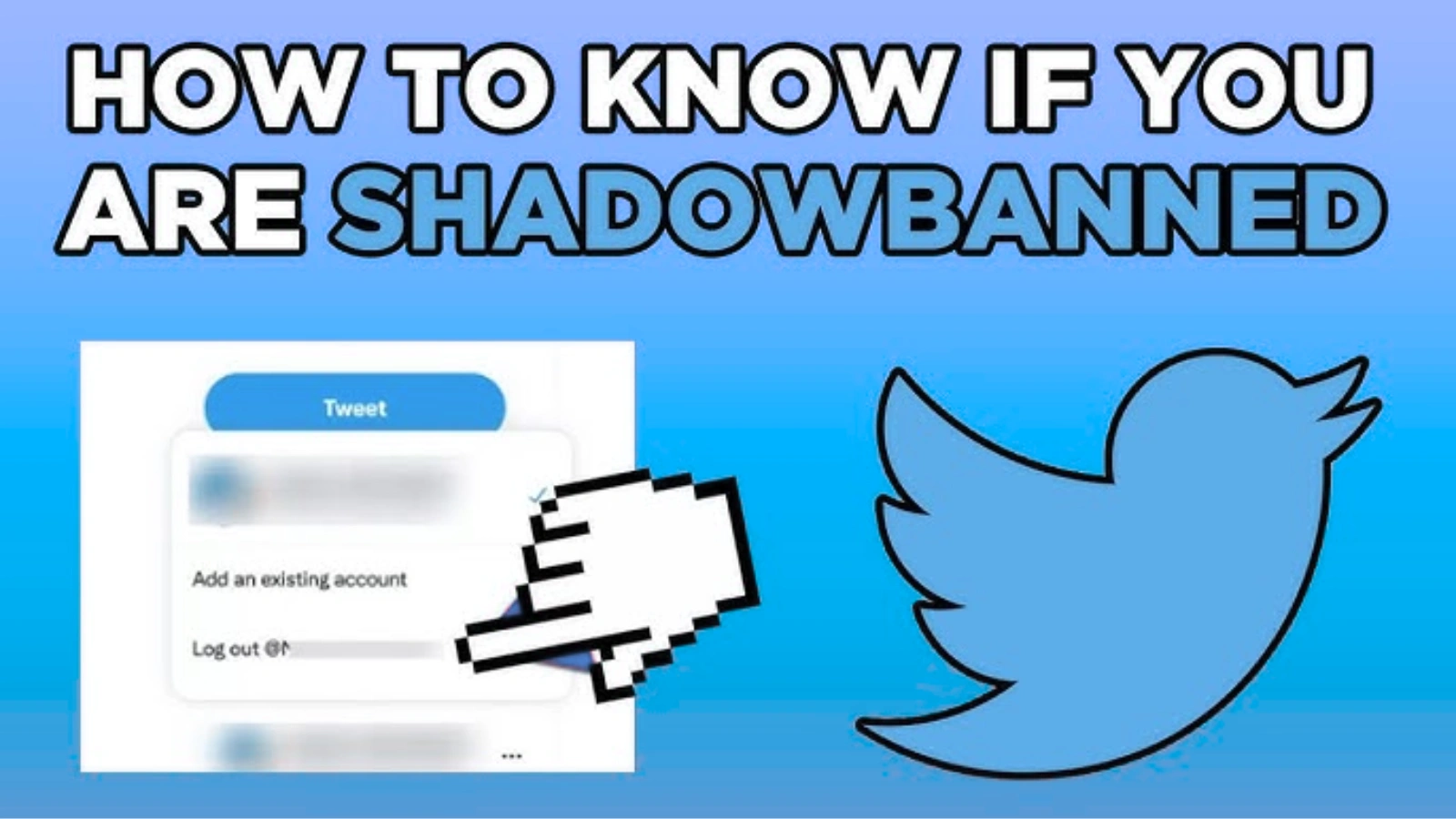
Wondering if your account is Twitter shadowbanned? You’re not alone. Many users experience a sudden drop in engagement or notice that their tweets aren’t showing up in searches, and often, it’s without any warning. A Twitter shadowbanned account isn’t officially suspended, but it’s quietly limited, meaning your content might not be visible to others, even your followers.
One common sign of being Twitter shadowbanned is a noticeable drop in likes, retweets, and replies. If your tweets used to get regular engagement and suddenly don’t, without any obvious reason, it might be worth investigating. Another way to check is by logging out of your account and searching for your username or recent tweets in Twitter’s search bar. If you can’t find your content while logged out or from another device, it could indicate a Twitter shadowbanned status.
You can also ask a friend to search for your tweets or replies. If they don’t show up in their search or timeline, especially under “Latest” tweets, it’s another red flag. Some third-party tools claim to detect shadowbans, but their accuracy can vary.
Reasons for getting Twitter shadowbanned may include excessive use of hashtags, posting too frequently, engaging in spam-like behavior, or violating Twitter’s community guidelines. Sometimes, it could even be triggered by others mass-reporting your account.
If you think you’re shadowbanned, the best approach is to pause your activity for a while, avoid controversial or spammy behavior, and review Twitter’s rules. In most cases, shadowbans are temporary and lift after a few days.
Understanding if you’ve been Twitter shadowbanned helps you stay in control of your online presence and take steps to get your account visibility back.
Also Read!
Why Is Shadowbanned On Twitter?
If you’re asking, “Why am I Twitter shadowbanned?” you’re not alone. Many users experience this frustrating situation without even knowing why. Here are some common reasons explained in simple steps to help you understand why your account may be Twitter shadowbanned.
1. Breaking Twitter Rules
The most common reason for getting Twitter shadowbanned is violating Twitter’s rules. This could include posting harmful, offensive, or misleading content. Even if the violation wasn’t intentional, Twitter’s algorithm might flag your account.
2. Spam-Like Behavior
If you’re posting the same content repeatedly, using too many hashtags, or aggressively following and unfollowing users, Twitter may see this as spam. Such behavior can result in a Twitter shadowbanned status to limit your visibility.
3. Reported by Other Users
If multiple people report your tweets or account, Twitter may restrict your visibility while it reviews your content. This is a common way users end up Twitter shadowbanned, even without clear rule violations.
4. Using Banned or Sensitive Keywords
Using certain flagged words or hashtags, even if you’re not trying to be harmful, can trigger a shadowban. Twitter’s system may automatically limit the reach of tweets containing these terms.
5. Automated Activity or Bots
Using third-party tools or bots to post tweets, reply quickly, or send auto-messages can look suspicious. This kind of automation might get your account Twitter shadowbanned for unnatural activity.
Understanding why you’re Twitter shadowbanned is the first step in fixing it. Most bans are temporary, so avoid repeated behaviors that triggered it. Stick to Twitter’s guidelines, post authentic content, and you’ll likely regain full visibility soon.
Also Read!
5 Types Of Twitter Shadowbanned
Ever feel like your tweets aren’t getting the attention they used to? You might be dealing with a Twitter shadowbanned issue. When Twitter shadowbans an account, it quietly limits the visibility of your content without notifying you. Here are the five main types of Twitter shadowbanned effects to look out for:
1. Search Suggestion Ban
With this type of shadow ban, your account won’t appear in Twitter’s search suggestions when someone types your username. This makes it harder for new people to find or follow you.
2. Search Ban
Your tweets are completely hidden from Twitter’s search results, even if someone searches for your exact tweet. This limits how far your content can reach.
3. Reply Ban (Reply Deboosting)
Your replies are visible only if someone clicks “Show more replies.” Twitter may do this if it believes your account has broken some rules or shown spammy behavior. As a result, your replies are less likely to be seen or get engagement.
4. Thread Shadowban
Sometimes, if you post multiple tweets in a thread, others won’t be able to see all or parts of it; only you can. This limits your ability to share full stories or updates in a connected way.
5. Full (Ghost) Shadowban
This is the most serious one. Your tweets, replies, and even your profile become invisible to most users. Engagement drops sharply, and your follower count might stop growing.
Whether you’re trying to recover from a Twitter shadowbanned situation or looking to prevent one in the future, Socinator gives you the smart tools, Twitter marketing automation tool, and control you need to stay visible, grow safely, and keep your Twitter presence strong.
See,
How Socinator Helps Avoid Getting Shadowbanned?
Being Twitter shadowbanned can feel frustrating; your tweets don’t reach your audience, engagement drops, and growth slows down. If you’re facing this issue, Socinator can be a powerful tool. It offers a smart Twitter marketing software, a Twitter automation tool, and safety features designed to keep your account active, compliant, and visible. Here’s how Socinator can support you in overcoming shadowban challenges:
Smart Scheduling
Socinator allows you to schedule long X posts at the best times when your audience is most active. By avoiding over-posting or sudden activity spikes, it helps you help stay under Twitter’s radar and maintain natural engagement. This reduces the chances of being flagged as spam or bot-like behavior.
Account Activity Management
With Socinator, you can automate regular activities like liking, following, retweeting, and replying in a natural, human-like pattern. Keeping your account consistently active without overdoing it helps rebuild trust with Twitter’s algorithm and prevents deeper visibility restrictions.
Detailed Analytics
Socinator offers in-depth analytics and reporting tools that help you monitor your tweet performance, follower growth, and engagement rates. Spotting sudden drops or unusual trends can be a key indicator that your account may be shadowbanned, so you can act quickly to adjust your strategy.
Anti-Spam Settings
One of Socinator’s strongest features is its advanced filtering and limit-setting capabilities. You can control how often actions are taken, ensuring your account operates within safe parameters. This lowers the risk of triggering Twitter’s spam detection systems and protects your account from being penalized.
Multiple Account Management
If you manage more than one Twitter profile, Socinator makes it easy to switch between accounts and maintain consistent, safe activity across all of them. This is especially useful for marketers or agencies looking to stay compliant while growing multiple brands.
Conclusion
Experiencing a Twitter shadowbanned status can be frustrating, especially when your content stops getting the attention it deserves. Whether it’s a reply ban, search ban, or a full ghost shadowban, these restrictions can significantly impact your visibility and growth.
The good news? You’re not stuck. Tools like Socinator can help you take back control. With its smart automation, activity filters, detailed analytics, and safe scheduling, Socinator helps ensure your account stays active without violating Twitter’s rules. Whether you’re a marketer, content creator, or brand owner, Socinator offers the features you need to prevent future bans and recover from current ones. Staying consistent, compliant, and engaged is key, and Socinator helps you do exactly that.
FAQ
1. How do I know if I’ve been Twitter shadowbanned?
You might be shadowbanned if your tweets no longer appear in search, your replies are hidden under “Show more replies,” or your engagement drops suddenly. Tools like shadowban checkers or testing in incognito mode can help confirm this. Observing analytics and post reach can also give useful hints.
2. What causes a Twitter shadowbanned?
Twitter may apply shadowbans if it detects behaviors like aggressive following/unfollowing, duplicate content, spammy replies, or violating community guidelines. Using bots or automation tools irresponsibly can also trigger a ban. Maintaining organic and rule-compliant activity is essential to avoid it.
3. Can a Twitter shadow ban be permanent?
Most shadowbans are temporary and typically last a few days to a week. However, repeated violations or suspicious behavior can lead to longer restrictions, or in some cases, permanent visibility issues or account suspension. Practicing safe, gradual, and genuine engagement helps you recover faster.
4. How does Socinator help with Twitter shadowbanned recovery?
Socinator assists by automating your Twitter actions in a safe, human-like way. It schedules content, limits activity within safe thresholds, and provides insights into your account’s performance. By keeping your account active, consistent, and compliant, Socinator reduces your risk of being shadowbanned and speeds up recovery if it happens.
5. Can Socinator be used for multiple Twitter accounts?
Yes! Socinator is designed to manage multiple social media profiles, including Twitter. This is ideal for agencies, businesses, or social media managers who need to handle several accounts while ensuring all remain active and within safe usage limits.

